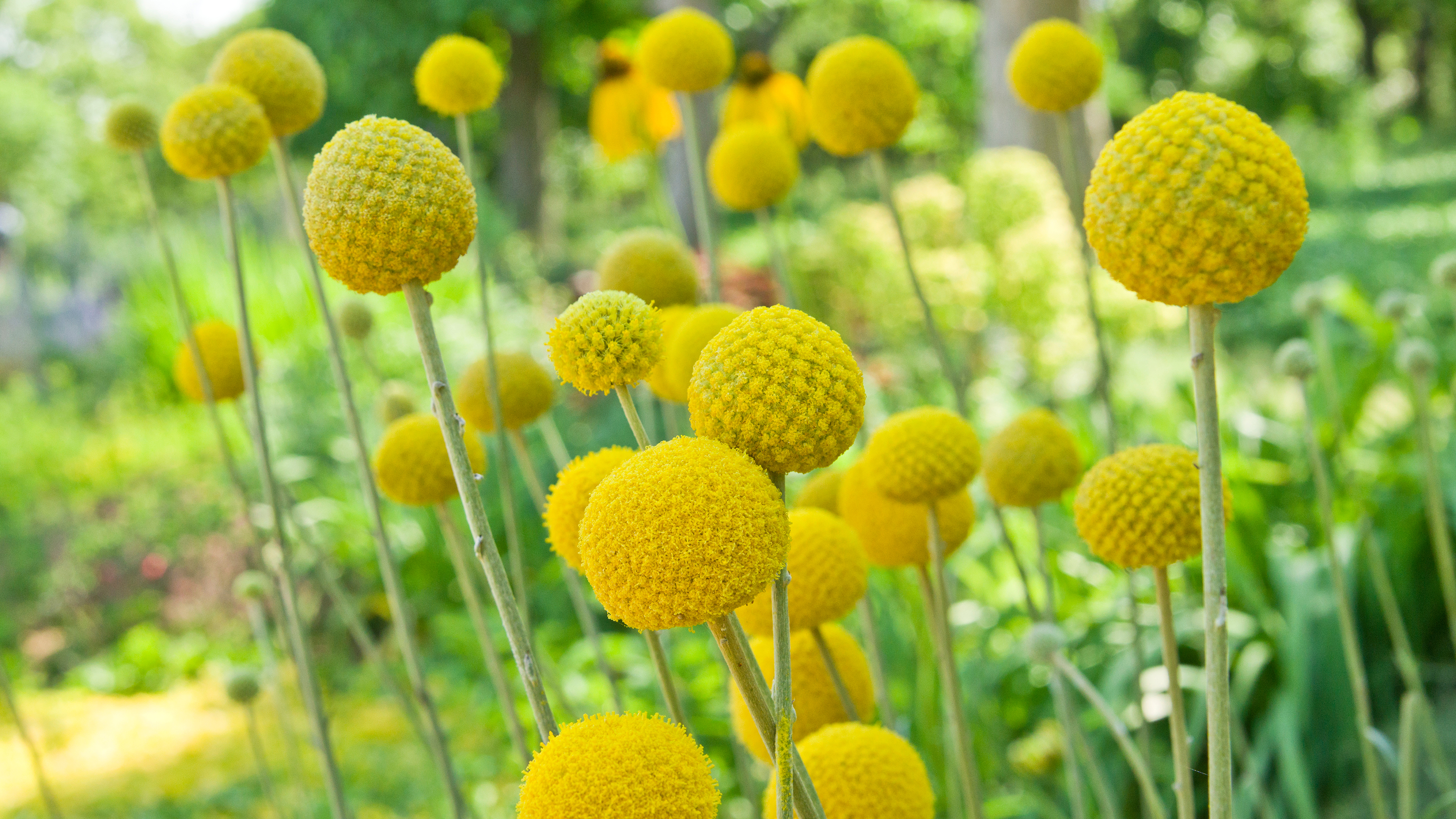
If you adore flowers, then growing a cutting garden and arranging your own bouquets is as good as it gets. It does take some planning and, in many cases, some trial and error, to get the right mix of plants to showcase in floral arrangements.
When choosing plants for a cutting garden, the goal is to have an unending progression of blooms and interesting foliage for the entire growing season. This means you often need quite a variety of plants.
Annual plants are usually the show stoppers, blooming all season but dying at the end of it. Perennial plants, bulb flowers, and herbs continue to give year after year but are sometimes less striking and have shorter bloom times than annuals. It's good to include all of them in your landscape.
Roses, dahlias, peonies, and zinnias are some of the usual suspects found in cutting gardens. Though beautiful, they may seem a little ho-hum for the adventurous grower. So mix things up in your cutting bouquets with these unusual flower finds.
1. Sea Holly
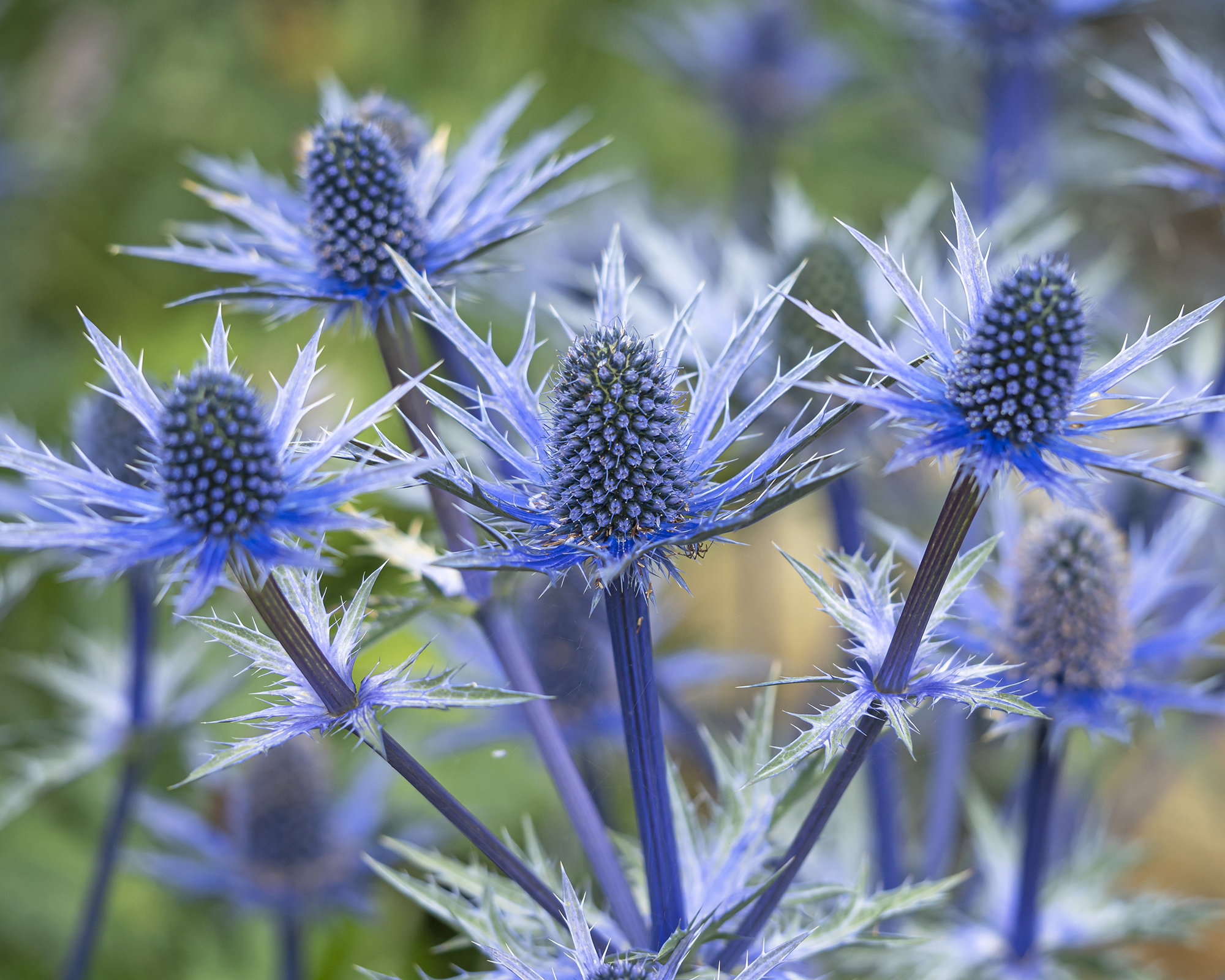
Sea holly, or Eryngium, is a gorgeous and unusual flowering perennial that sports spiky, thistle-like, sky-blue blooms, which make excellent cut flowers.
A perennial plant in the carrot (really!) family, sea holly grows up to 3 feet (1m) in height crowned with spiky flowers from June through September. Its leaves are thick, spined, and accented with white veins.
Tolerant of most soils, sea holly is deer and rabbit-resistant, but butterflies love it. It does well either grown directly in the garden or used in containers. It selfs-sow, but this is rarely a problem.
Sign up for the Gardening Know How newsletter today and receive a free copy of our e-book "How to Grow Delicious Tomatoes".
However, it does have a very deep tap root that is resistant to moving, so select your location carefully.
You can grow sea holly in USDA zones 4 to 9.
2. Jerusalem Sage
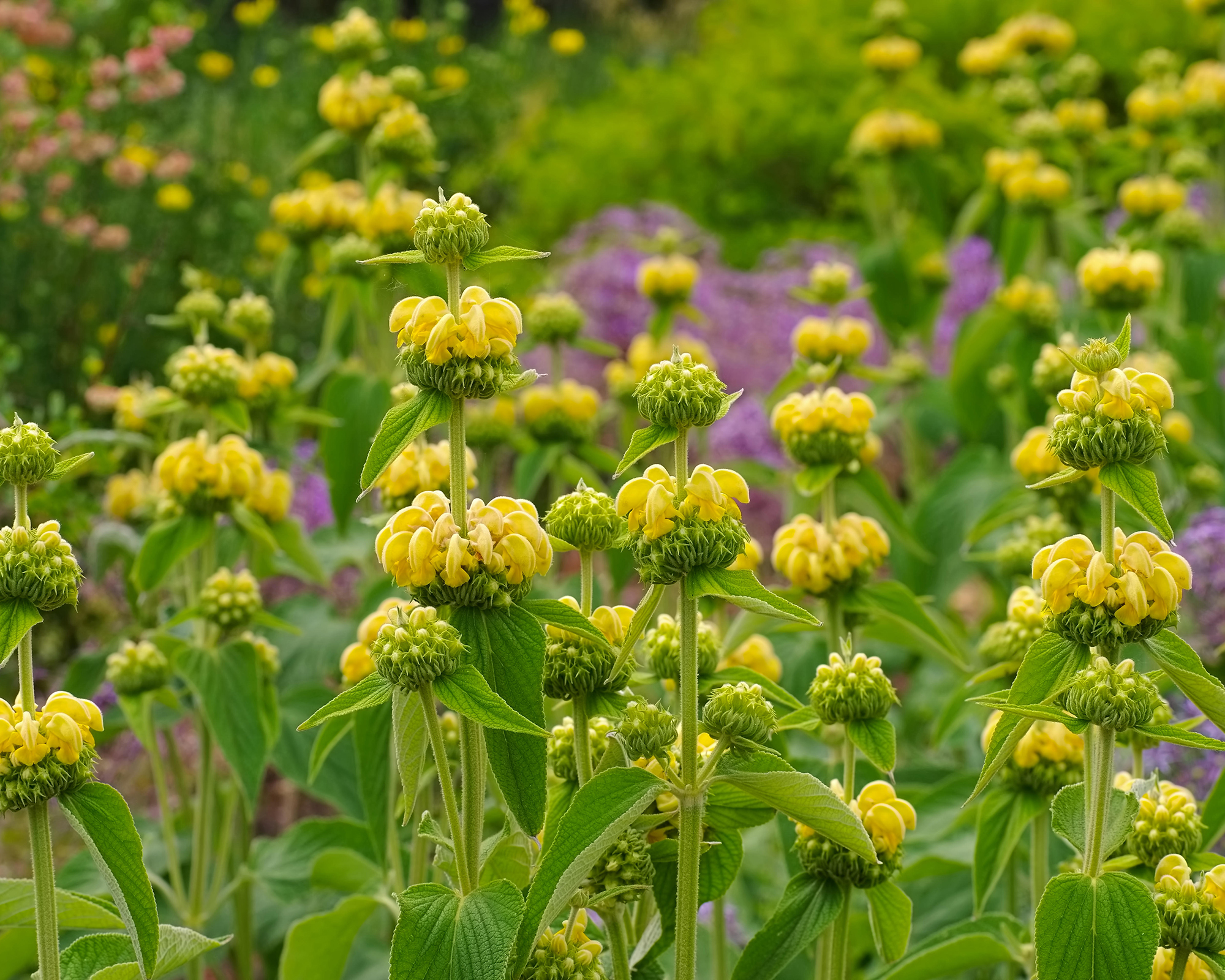
Jerusalem sage (Phlomis fruticosa) is a semi-woody evergreen, perennial plant with the most incredible soft, fuzzy green leaves. Native to the Mediterranean, it blooms from late spring to early summer with clusters of yellow flowers arranged in layers on raised stalks. A rapid grower, it reaches 2 to 4 feet (60 to 120cm) tall and wide.
Jerusalem sage can be grown in either full sun or partial shade although you will get more blooms from plants in the sun. Once established, it is drought tolerant although it does better with consistent irrigation.
The shrub is evergreen in USDA zones 8 to 11, though it can be treated as a perennial in zones 7, 6, and, sometimes, zone 5.
Cut the blooms back after they begin to fade for another round of flowers. At the end of the season, allow the flower heads to dry for fall interest in the garden. This plant divides easily, and can be done every year or two.
3. Amaranth
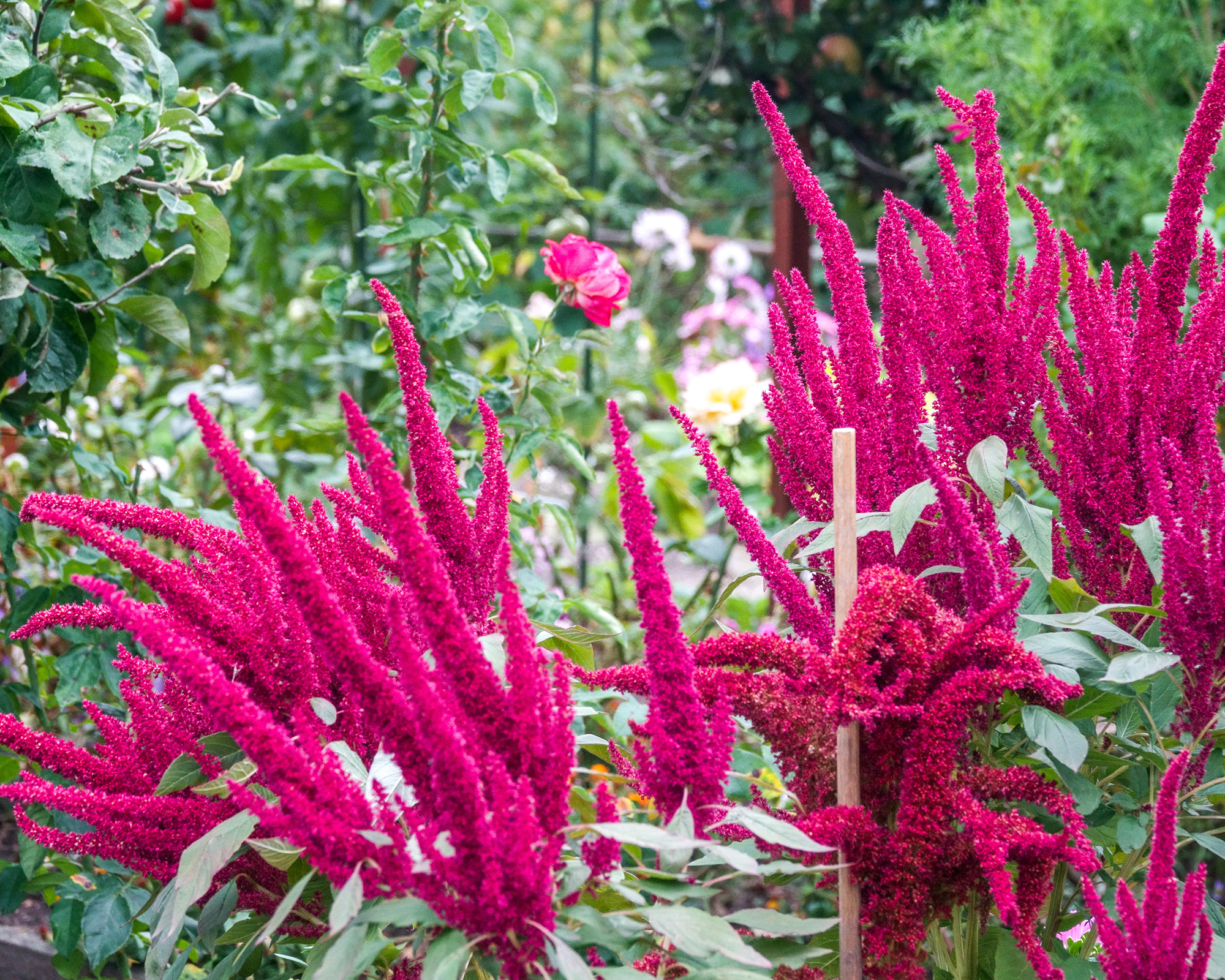
Amaranth, a relative of celosia, also goes by the unfortunate name of “pigweed”. It is cultivated for use as a grain, leafy vegetable, and as an ornamental.
At one point, amaranth was also used as a dye in the United States, but has since been banned from food use – although all parts of the plant are edible.
Depending upon the cultivar, amaranth varies in leaf, flower, and stem colors from maroon to crimson, and salmon to pink. The plant is quite tall – 4 to 8 feet (1.2 to 2.5m) – with large, broad, veined leaves.
Each bloom appears at the end of the plant and may be a spike of color, a fuzzy droop of plumage or flame-shaped like a celosia.
Amaranth prefers acidic well-drained soil, full sun, and warm temperatures. It can be grown in USDA zones 3 to 10.
Space plants 10 to 18 inches (25 to 46cm) apart. Amaranth has moderate water needs; provide about an inch (2.5cm) per week depending upon the weather.
4. Cerinthe

Make your garden sing the blues with cerinthe (Cerinthe major purpurascens), a true blue annual. Also known as honeywort, cerinthe is highly attractive to pollinators. It is also deer-resistant, and drought tolerant.
A multi-use plant, cerinthe flowers and young leaves are edible. It can be planted in garden beds or grown in containers.
The plant grows 1 to 3 feet (30 to 91cm) in height and 1 to 2 feet (30 to 60cm) across. It blooms from summer through fall with aromatic, tubular-shaped, purple/blue blooms accented by silvery-blue leaves.
Cerinthe is best propagated by seed and thrives in USDA zones 7 to 10. Plant seeds in full sun, in rich well-drained soil. Space plants 12 to 18 inches (30 to 46cm) apart.
5. Ping Pong Scabiosa
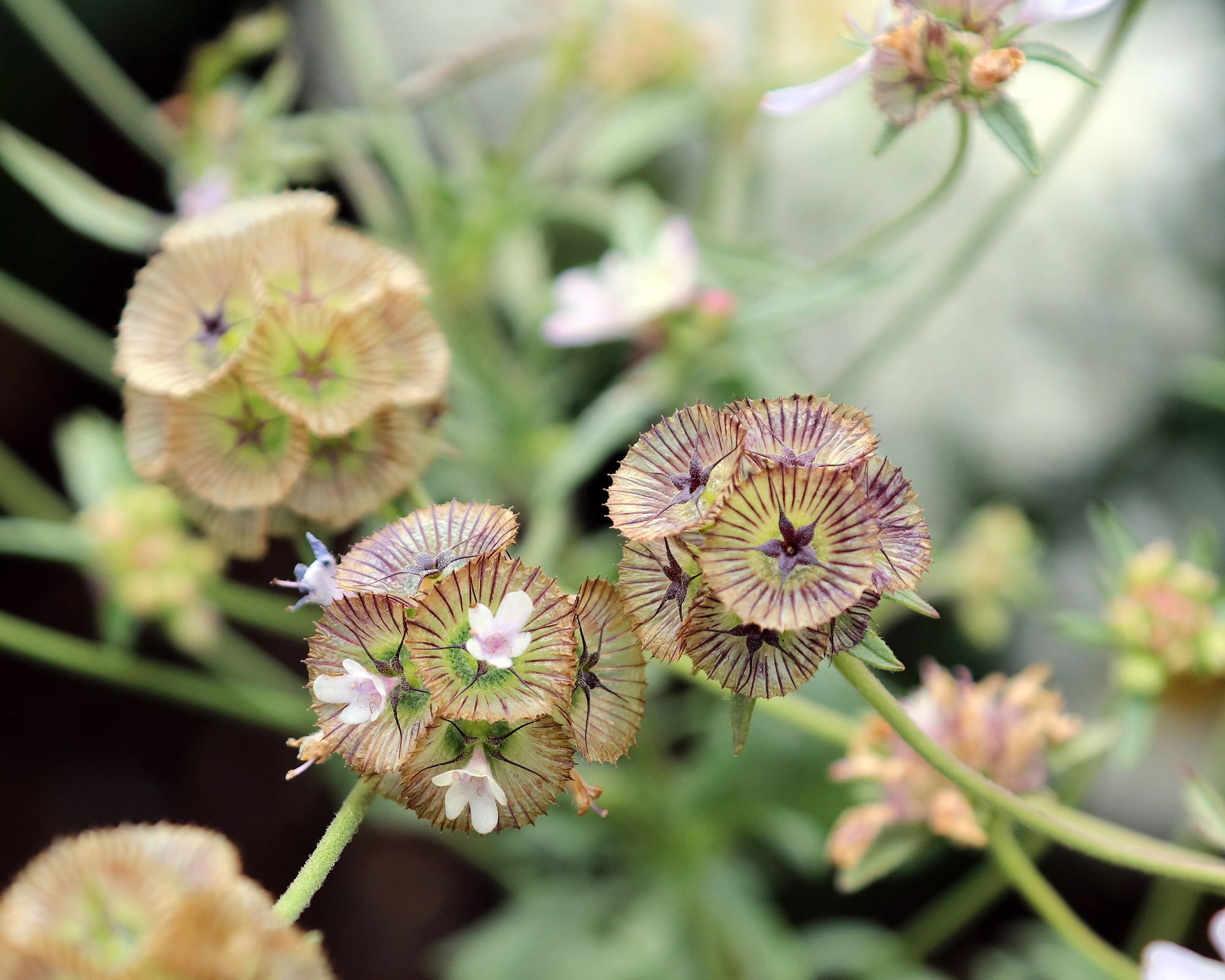
Scabiosa, a pincushion plant, is usually grown for its light blue, long-blooming flowers. However, this particular variety is grown more for its unique seedheads.
The seedheads of ping pong scabiosa (Scabiosa stellata) look like paper geodomes perched atop a thin stem. The actual blooms are less standout, but the bees love them.
Propagate ping pong scabiosa in well-draining, fertile soil in full sun in USDA zones 4 to 10. Set seeds 12 inches (30cm) apart. These plants can also be started inside 4 weeks before the last frost for cooler areas.
While the plants bloom for some time, to get the most consistent blooms, plant successively. Plant a second batch of seeds about 3 weeks after the first.
If you want to use these for your cutting bouquets, it is a good idea to stretch some netting across the beds to hold up the otherwise drooping flower heads. Set the netting after sowing or transplanting to a height of 12 to 18 inches (30 to 46cm). Secure with stakes.
The seedheads can be used fresh or dried in floral bouquets.
6. Mexican Hat
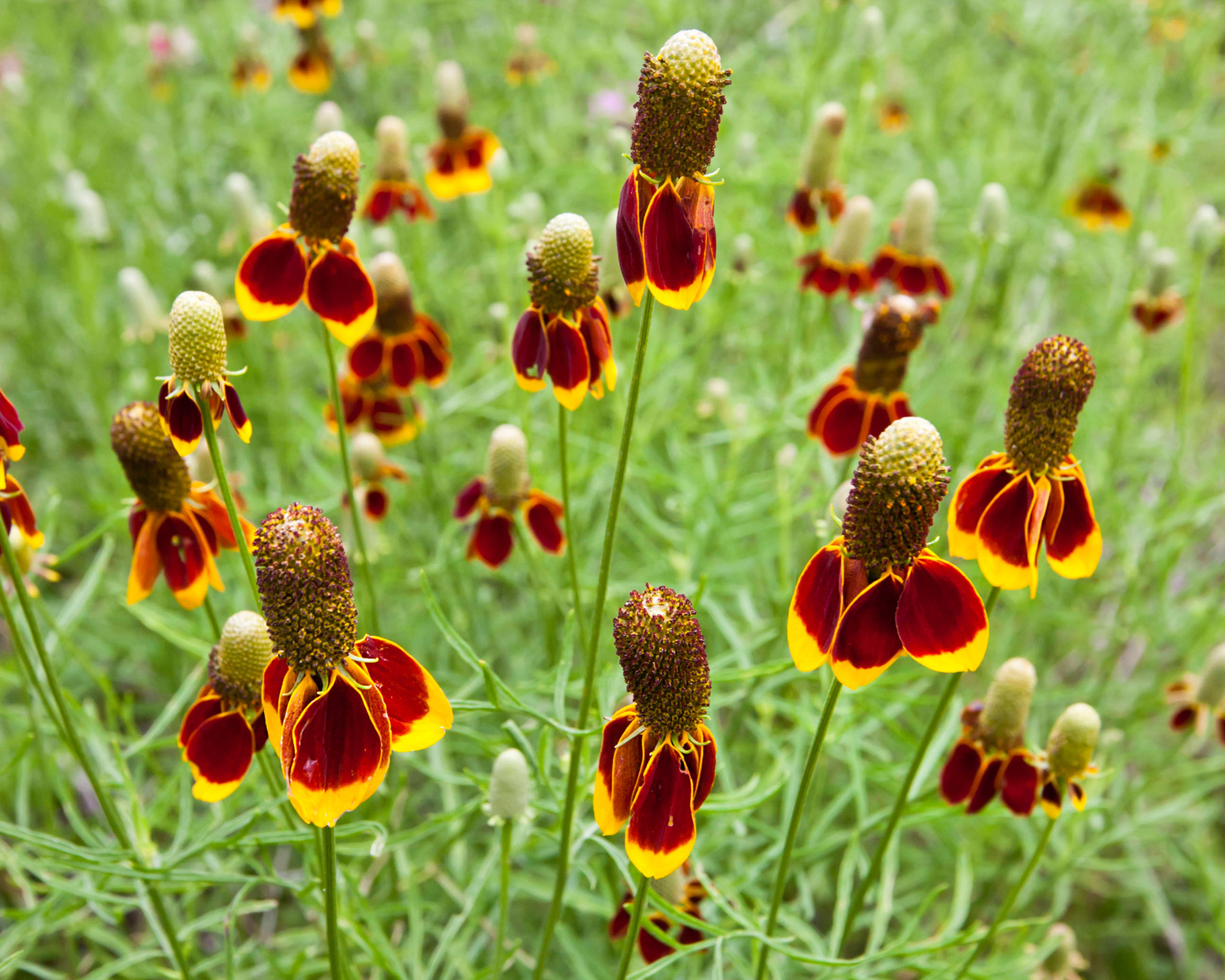
The Mexican hat (Ratibida columnaris) is notable for its black, cone-shaped heads surrounded by brilliantly red or red-brown drooping petals that resemble sombreros. This drought-tolerant plant is a tender perennial to annual that can be grown in USDA zones 3-9.
Loved by pollinators, Mexican hat, or prairie coneflower, is native to areas of North America. When established, it is a perfect specimen for hot, humid climates. Excellent for use in xeric landscapes.
The plant grows to 1.5 to 2 feet (46 to 61cm) in height and grows well in all types of soil. Plant in full sun.
Mexican hat does self-sow and can be on the cusp of becoming invasive. However, this is a terrific plant for naturalizing in otherwise barren landscapes. Leave the seedheads at the end of the season for overwintering songbirds. Cut back in the early spring.
7. Sun Fill Green F1 Sunflower
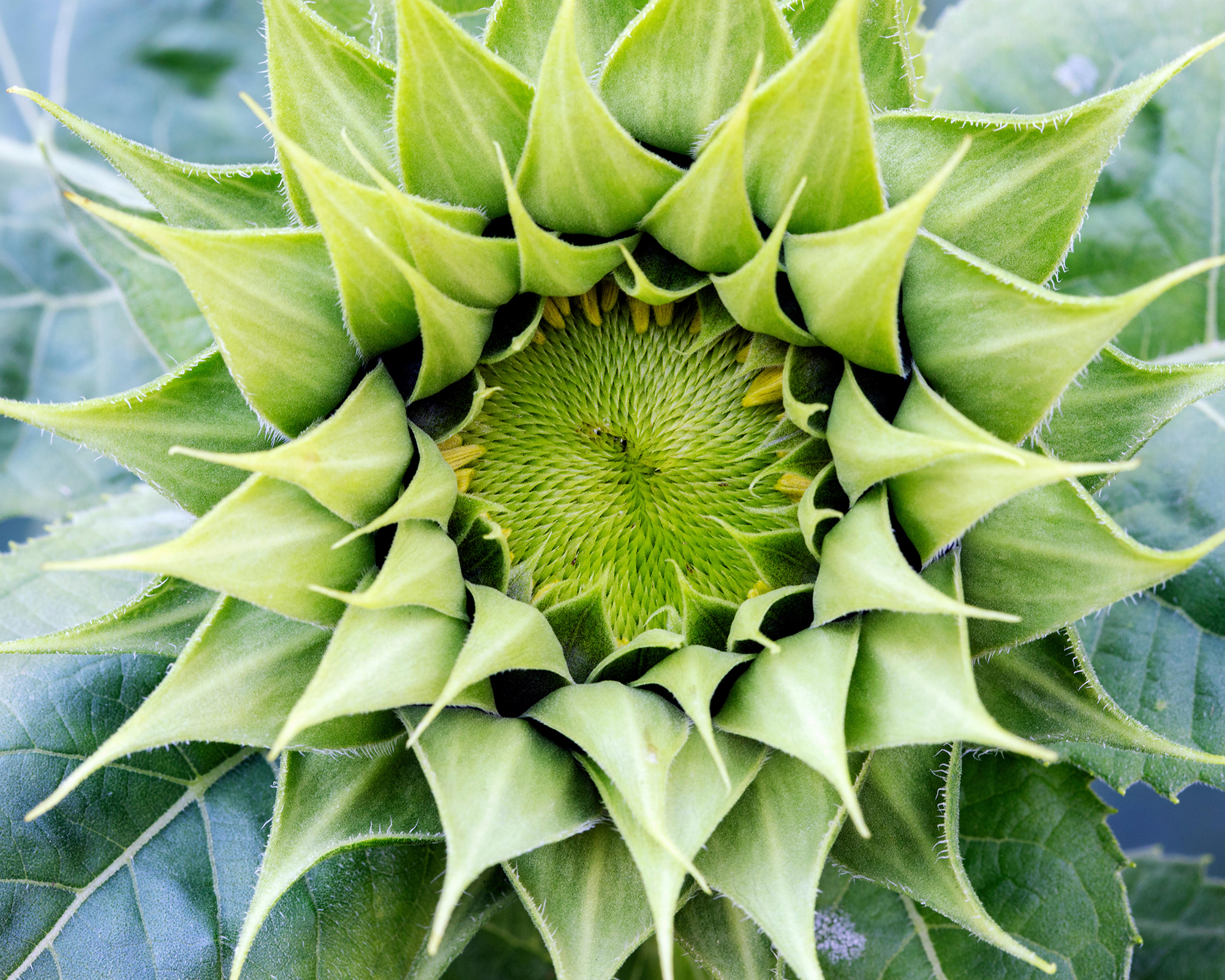
Who doesn’t love a sunflower in a bouquet? So here’s a new one for you developed by the American sunflower breeder Tom Heaton. He combined two varieties with incredible wraparound sepals to create this masterpiece, a sunflower noted more for its face than its petals.
A rapidly growing green sunflower, Sun Fill Green F1, has minimal small petals, allowing the calyx to become the star of the show. Great for use as a novel filler or to make a statement on their own.
Grow as you would other sunflowers in full sun and fertile soil, in USDA zones 3 to 9. Plants will grow to about 60 to 72 inches in height.
8. Billy Buttons
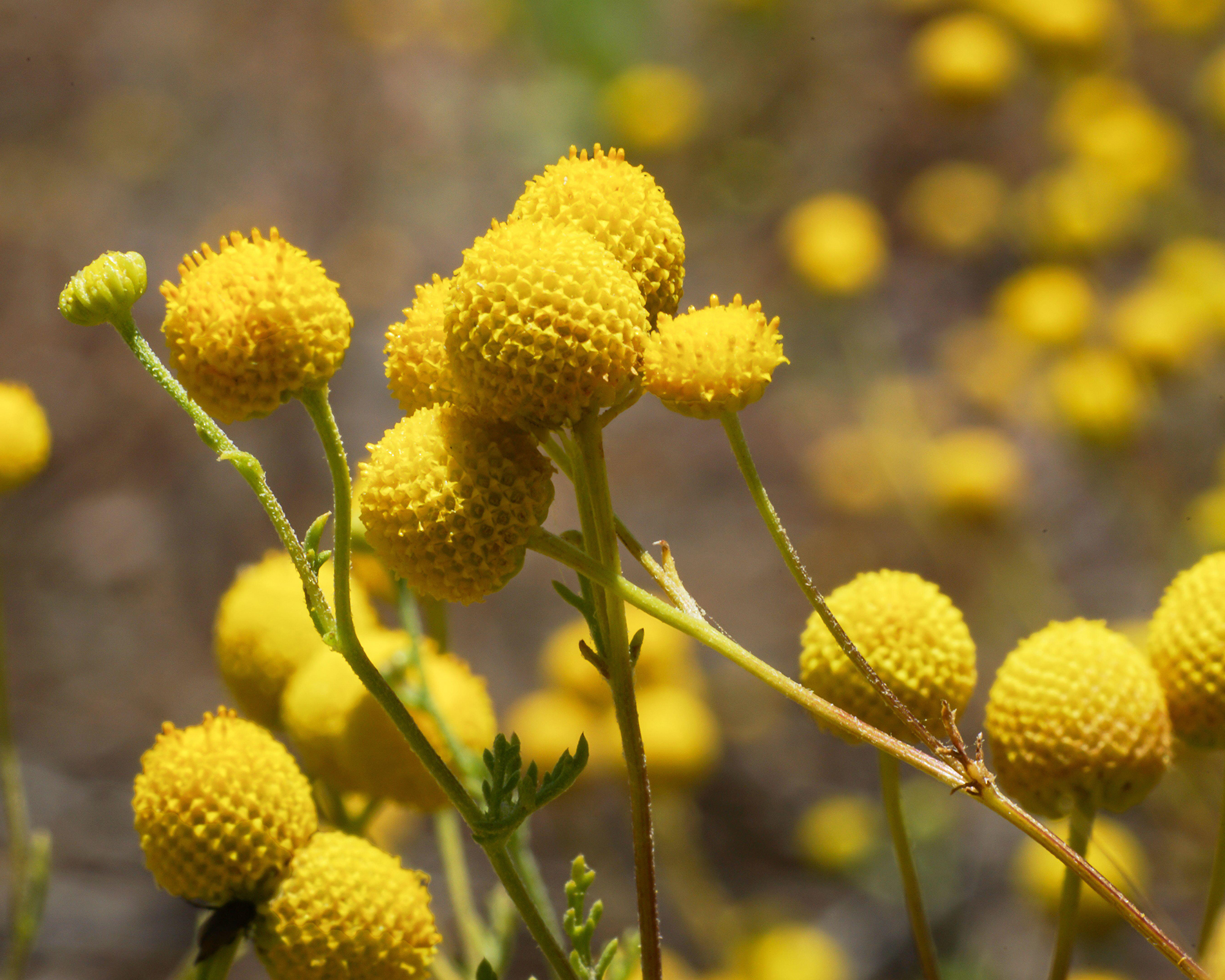
Billy Buttons (Craspedia globosa) is native to New Zealand, Australia, and Tasmania. Also called “drumstick”, Billy Buttons is an annual in all but zone 9 and up.
Drought tolerant, heat tolerant, attractive to pollinators, can be container grown, and makes an excellent cut flower – Billy Buttons has it all.
Plants are propagated by seed and will attain a height of about 24 to 30 inches (60 to 75cm). An evergreen perennial in warmer climates, Billy Buttons has fuzzy silver-green foliage accented by flower stalks bearing perfectly round yellow golf ball-sized flowers.
Plant in full sun in almost any type of soil. As well as disease and pest-resistant, these flowers are just adorable!

Amy Grant has been gardening for 30 years and writing for 15. A professional chef and caterer, Amy's area of expertise is culinary gardening.
